Yesterday, 18 September 2024, the editorial board of Brill Encyclopedia of Early Christianity presented the new print edition to the Pope. The work consists of six volumes and is also available online.


Yesterday, 18 September 2024, the editorial board of Brill Encyclopedia of Early Christianity presented the new print edition to the Pope. The work consists of six volumes and is also available online.
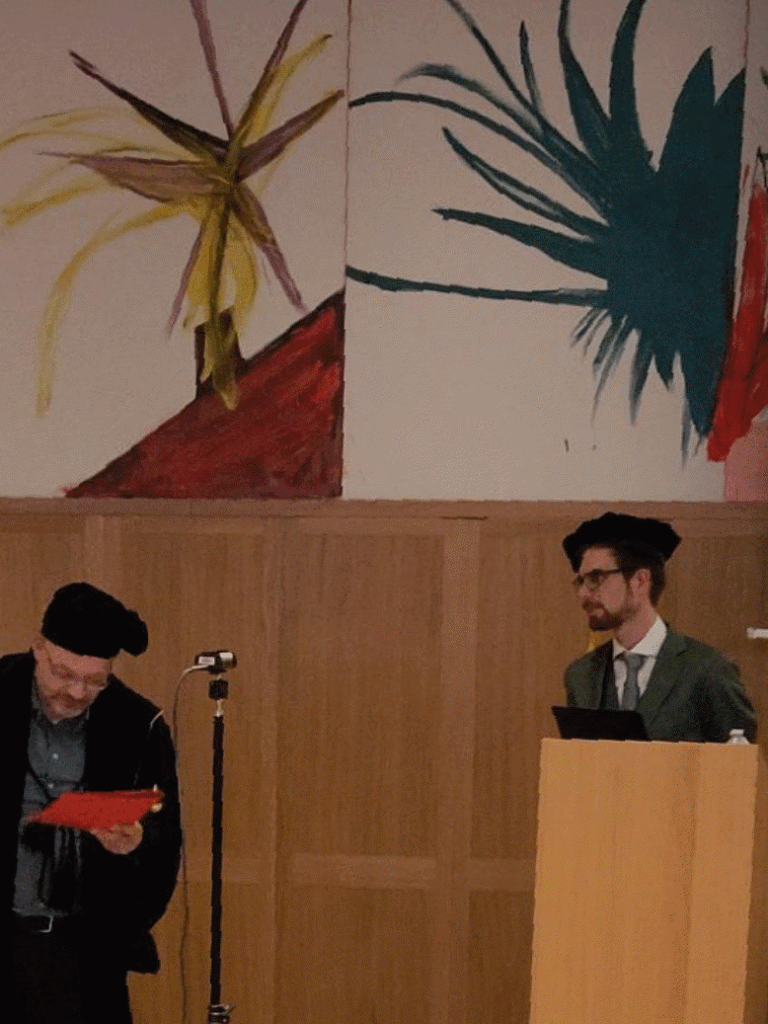
On Monday 9 September, Matthijs Zoeter received his Doctorate in History in Ghent with a thesis titled ‘Beyond the Letter: (Self-)Presentation of Basil of Caesarea in his Letters, Letter Collection, and Manuscripts’ (supervisor Prof. Lieve Van Hoof, co-supervisor Dr Jeroen Wijnendaele).
Matthijs graduated in Nijmegen in 2019 with a thesis on the letters of Sidonius Apollinaris. His CV is here.
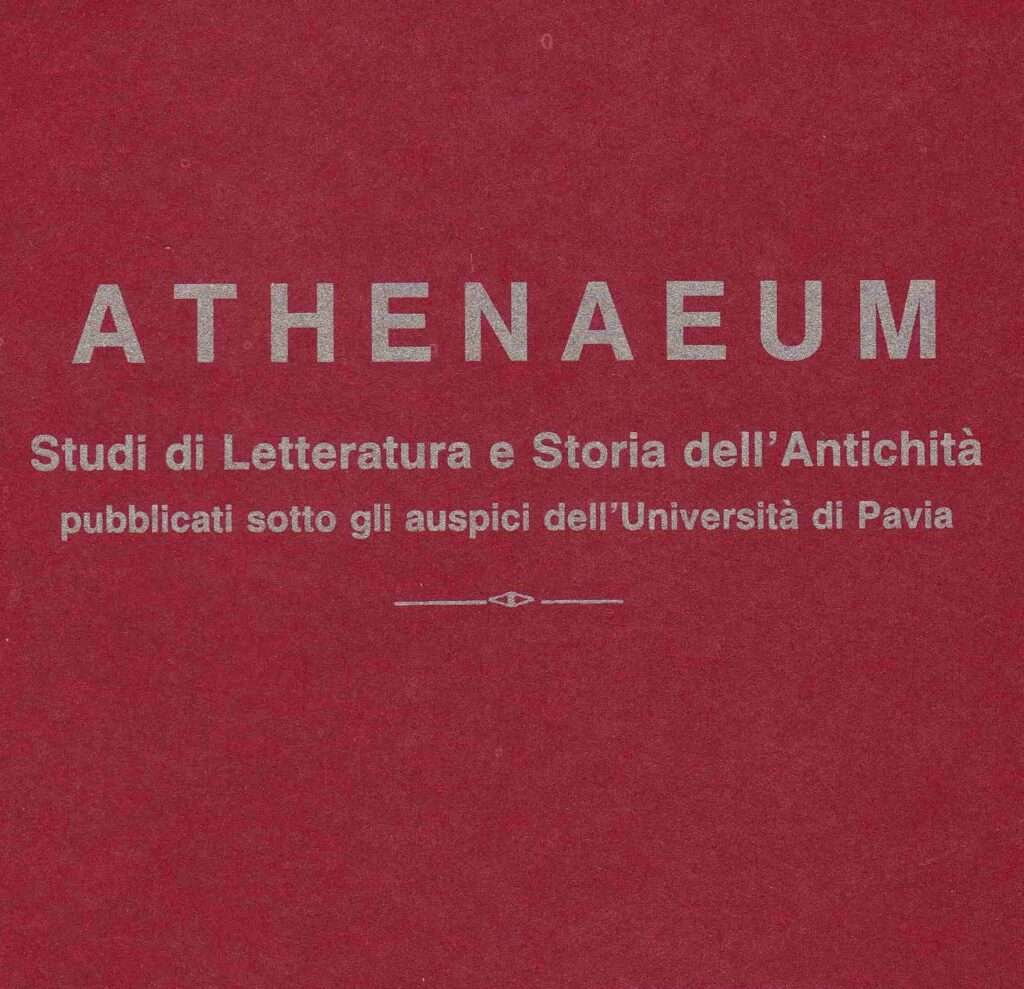
In the latest issue of Athenaeum (112/1, June 2024), there are reviews of F. Oppedisano (ed.), Procopio Antemio, imperatore di Roma, Bari 2020 (by A. Sassoli), and of F. Giannotti, Scrinia Arverna, Pisa 2021 (by S. Condorelli).
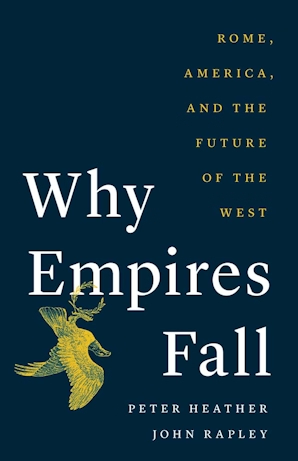
Peter Heather and John Rapley, Why Empires Fall: Rome, America, and the Future of the West, New Haven, CT: Yale University Press, 2023. Listed here.
Over the last three centuries, the West rose to dominate the planet. Then, around the start of the new millennium, history took a dramatic turn. Faced with economic stagnation and internal political division, the West has found itself in rapid decline compared to the global periphery it had previously colonized. This is not the first time we have seen such a rise and fall: the Roman Empire followed a similar arc, from dizzying power to disintegration.
Historian Peter Heather and political economist John Rapley explore the uncanny parallels, and productive differences, between ancient Rome and the modern West, moving beyond the tropes of invading barbarians and civilizational decay to unearth new lessons. From 399 to 1999, they argue, through the unfolding of parallel, underlying imperial life cycles, both empires sowed the seeds of their own destruction. Has the era of Western global domination indeed reached its end? Heather and Rapley contemplate what comes next.
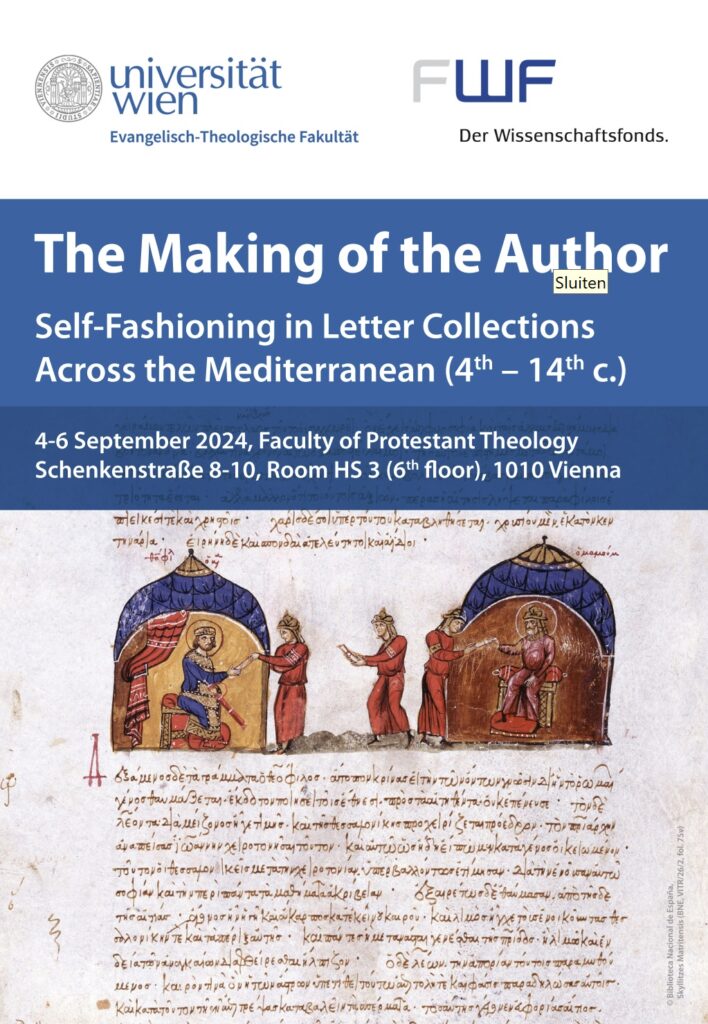
Coming soon, the international conference ‘The Making of the Author: Self-Fashioning in Letter Collections Across the Mediterranean (4th-14th c.)’. Giulia Marolla will give a paper on Sidonius: ‘Authorial self-fashioning and editorial designs in Sidonius’ letter collection’.
4-6 September 2024, University of Vienna, Faculty of Protestant Theology
Convenor: Madalina Toca (madalina.toca AT univie.ac.at).
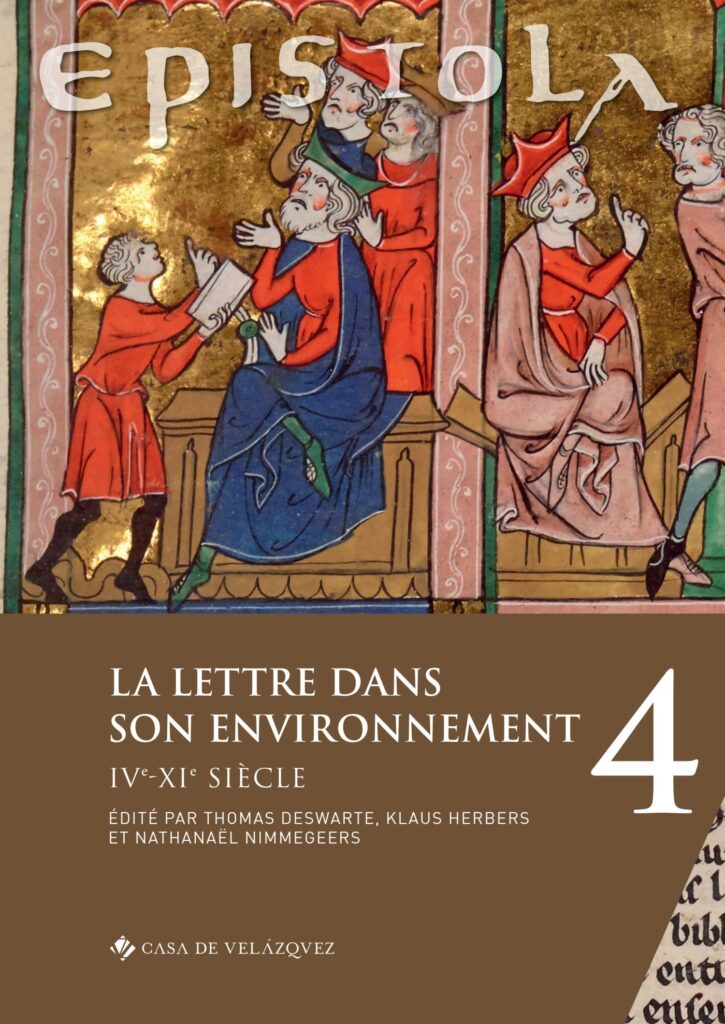
Camille Bonnan-Garçon, ‘Munus flatteur, présent ou sportule? Le billet accompagnant un cadeau dans l’Antiquité tardive’, in: Thomas Deswarte, Klaus Herbers and Nathanaël Nimmegeers (eds), Epistola IV. La lettre dans son environnement, ive-xie siècle, Madrid: Casa de Velázquez, 2024, 181-95.
Available online in OpenEdition. Features Sidonius Carm. 21 among other examples.
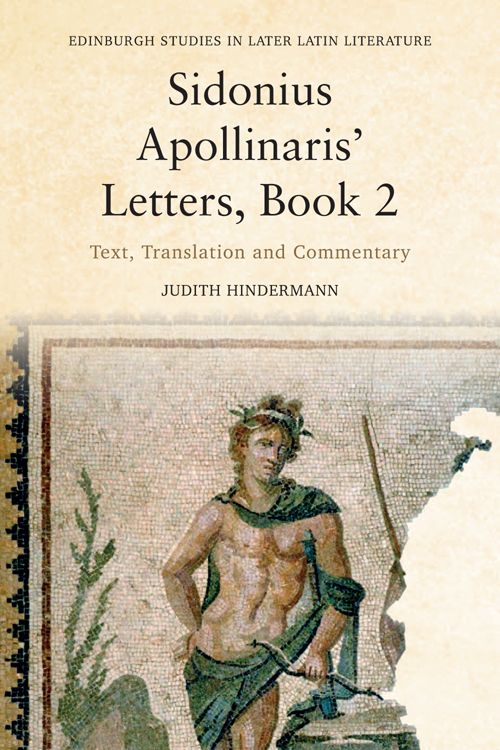
Judith Hindermann’s commentary on Letters Book 2 is now also available in paperback, for only £29.99.
Order here
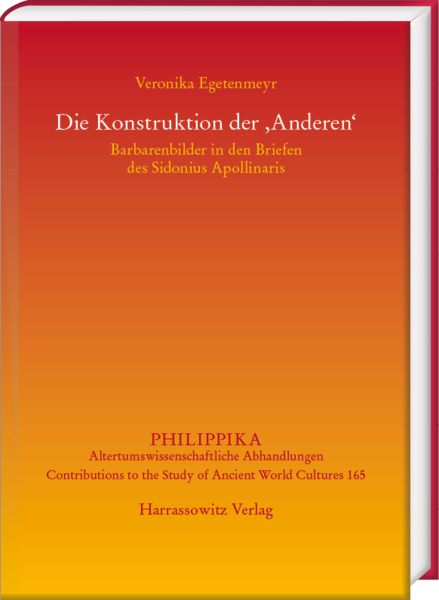
Reviews have appeared of Veronika Egetenmeyr, Die Konstruktion der ‘Anderen’. Barbarenbilder in den Briefen des Sidonius Apollinaris:
– Hendrik Hess in Plekos 26 (2024) 301–306
– Nikolas Hächler in BMCR 2024.08.12.
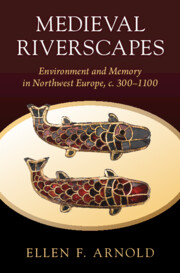
Ellen Arnold wrote Medieval Riverscapes: Environment and Memory in Northwest Europe, c. 300-1100, Cambridge: CUP, 2024.
Check it in the catalogue. Late antique Gaul is treated on pp. 15-64.
